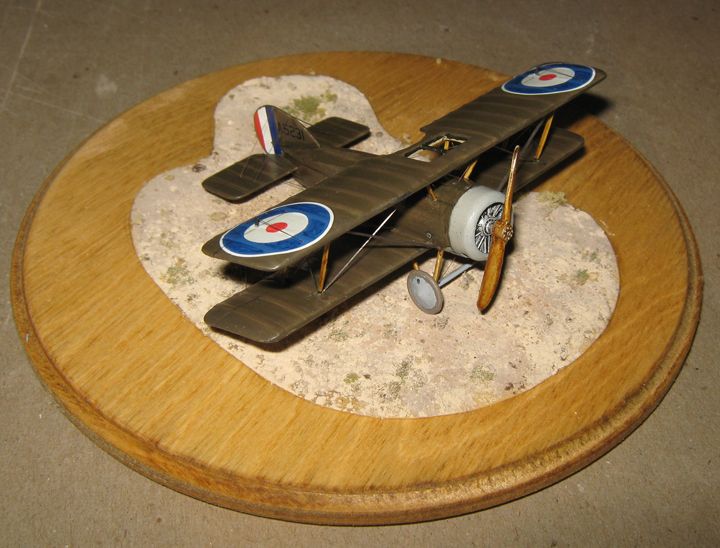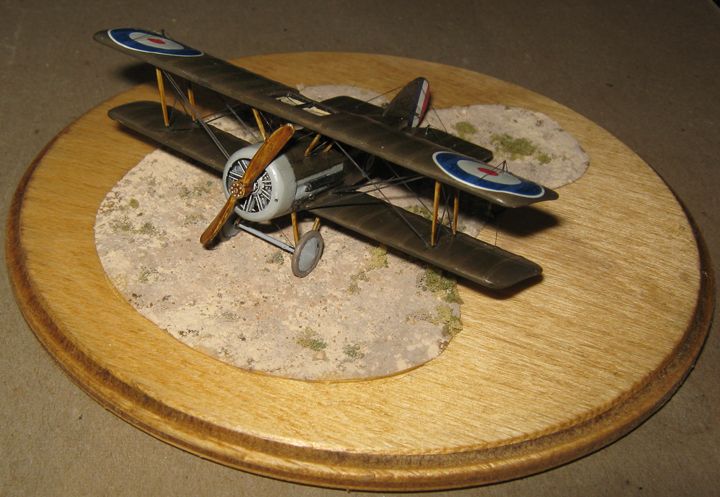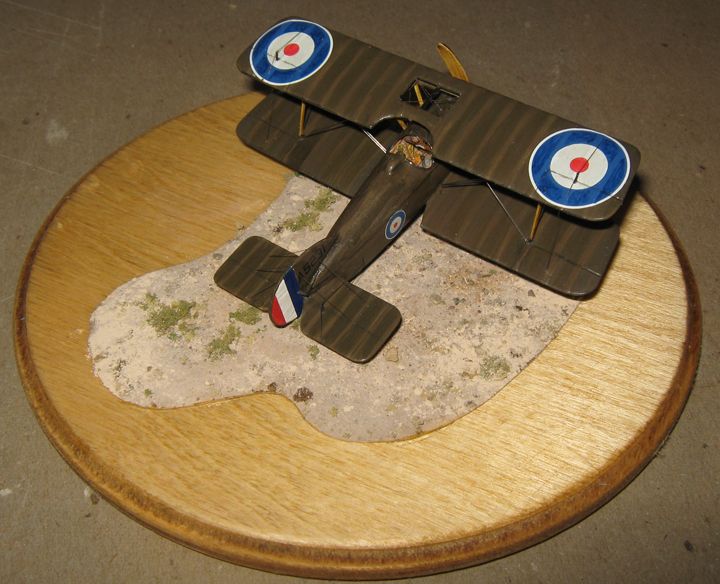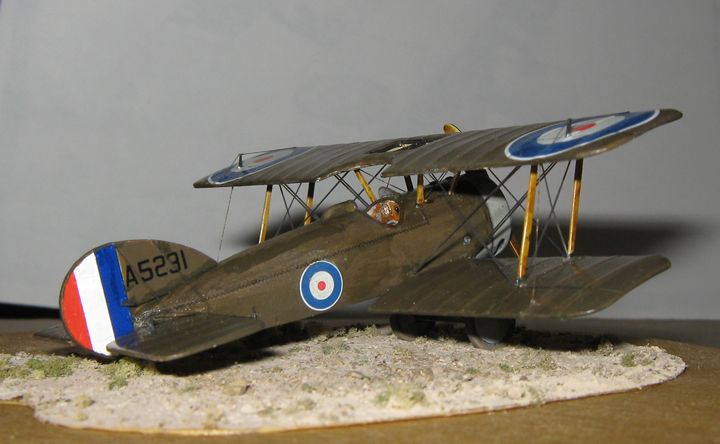
The Vickers 'Bullet' is one of those Great War machines which has been largely forgotten, some might say deservedly so, as its actual service record was far from distinguished. It has, however, points of interest about it, beyond the attraction of its obscurity for those who like the 'odd ducks' of early aviation. When it first took to the air, in its earliest iteration, its performance was extraordinary, and the type provides an excellent illustration of the difference between a good flying machine and a good fighting machine. It was employed in areas which were, at the time, viewed as backwaters of little importance, but which would prove of great significance in final stages of the war, and take on even greater importance once the war ended.

The genesis of the type was a design of the chief test pilot for Vickers, Mr. Barnwell, and 'Barnwell's Bullet' was built without the company's approval in the autumn of 1914. Mr. Barnwell was a better pilot than he was a designer, and his machine broke on its first usage. Mr. Pearson, a designer for Vickers, saw some promise in the design, however, and re-worked it into the E. S. 1 (Experimental Scout 1), which flew first in August, 1915. It had a top speed of 114 mph, and extraordinary aerobatic ability. When this machine was sent to France for service trials at the end of 1915, however, pilots reported they had a very restricted view from the cockpit, owing to the width and round section of the fuselage, and the placement of the unstaggered wings. Six were ordered for further experiment, and eventually fitted with Clerget motors and a Vickers gun synchronized with the Vickers-Challenger gear; further service trials in May of 1916 received bad marks from pilots who much preferred the Dh 2 pusher scout in combat.

In the summer of 1916, Vickers attempted to put things right with the design, reducing the width of the fuselage by leaving it flat-sided for most of its length. Now denominated F. B. 19, this was offered to the R.F.C. and foreign air services. Czarist Russia ordered fifty of this model, with deliveries beginning at the end of the year. Several were taken on by the R.F.C., and fetched up on Home Defense duty. Vickers further revised the design, giving the wings pronounced stagger. This F.B. 19 Mk II version did attract some interest from the R.F.C., as it appeared just as the German Albatros fighters were coming into service, and whatever its faults in pilot vision, the 'Bullet' was faster than the Albatros. The first example of the latest version, inexplicably, used the same wings as those of the un-staggered version, with the result that its wing ribs cracked in service trials during November. A dozen had already been ordered, but the need of redesigning the wings' structure delayed their delivery into spring of 1917, and that was the limit of the delivery of the F.B. 19 Mk II to the R.F.C..

It was decided to send these on to the Middle East, where English forces had suffered reverses at Gaza, and expansion of the fighting in Balkans loomed with the impending entry of Romania into the war. The 'Bullets' arrived in June of 1917, with several being sent on to Macedonia, assigned to No. 47 Squadron, and the rest being retained in Egypt, taken on strength.by No. 14 Squadron. They were used as escorts and interceptors, serving alongside such types as the Dh 2, the Martinsyde Elephant, the Bristol Monoplane, and the B.E. 2c and B.E. 12, opposing Albatros single-seaters and Rumpler and A.E.G. two-seaters. In Egypt, the 'Bullets' were passed on from No. 14 Squadron to a newly formed unit, No. 111 Squadron, in August, 1917. The problem of poor visibilty remained, and short range added a further handicap in these theaters, and only a handful of victory claims (and these only of the 'down out of control' variety) were ever posted up by pilots of the "Bullet' in the R.F.C. When more modern types reached the Middle East command, the 'Bullets', along with the rest of the former grab-bag equipment, was retired from combat, with several lingering on as trainers till the end of the war, and possibly even shortly after.

This machine, A5231, is one of those retained in Egypt. It was assigned first to No. 14, and passed on to No. 111. It flew from Dier el Balah, not far south of Gaza City, and the lines the Turks had held against Gen. Murray in the spring of 1917, but which were broken by Gen. Allenby that autumn.

The model is a scratch-build, and it is hardly surprising that is necessary to get a model of this type. My interest in it was sparked long ago, when I learned of its existence in my old Harleyford 'Fighters, 1914-1918' volume. A series of pictures of No.111 Squadron's equipment in an issue of Cross and Cockade bought a good while back included an identifiable picture of A5231, which got me thinking a model could be built. When the Windsock people put out a monograph dedicated to the type, it seemed the time was right to start cutting plastic. It was an interesting project, and the first small scratch-build I have done in a while. An account of the build can be found here:
http://forum.ww1aircraftmodels.com/index.php?topic=1872.0